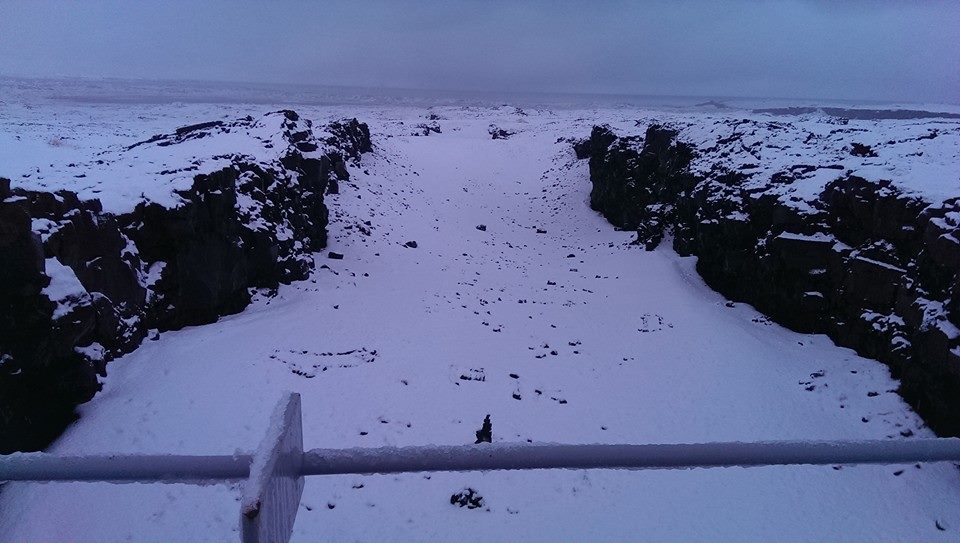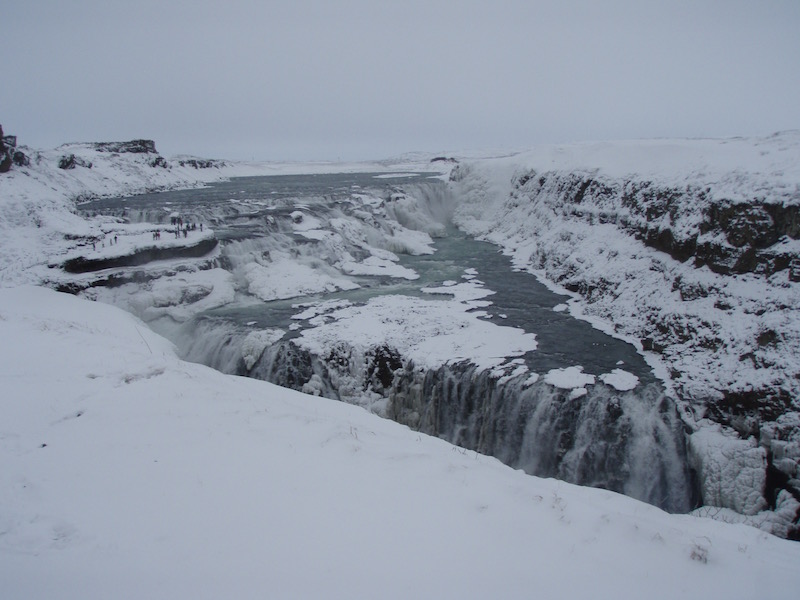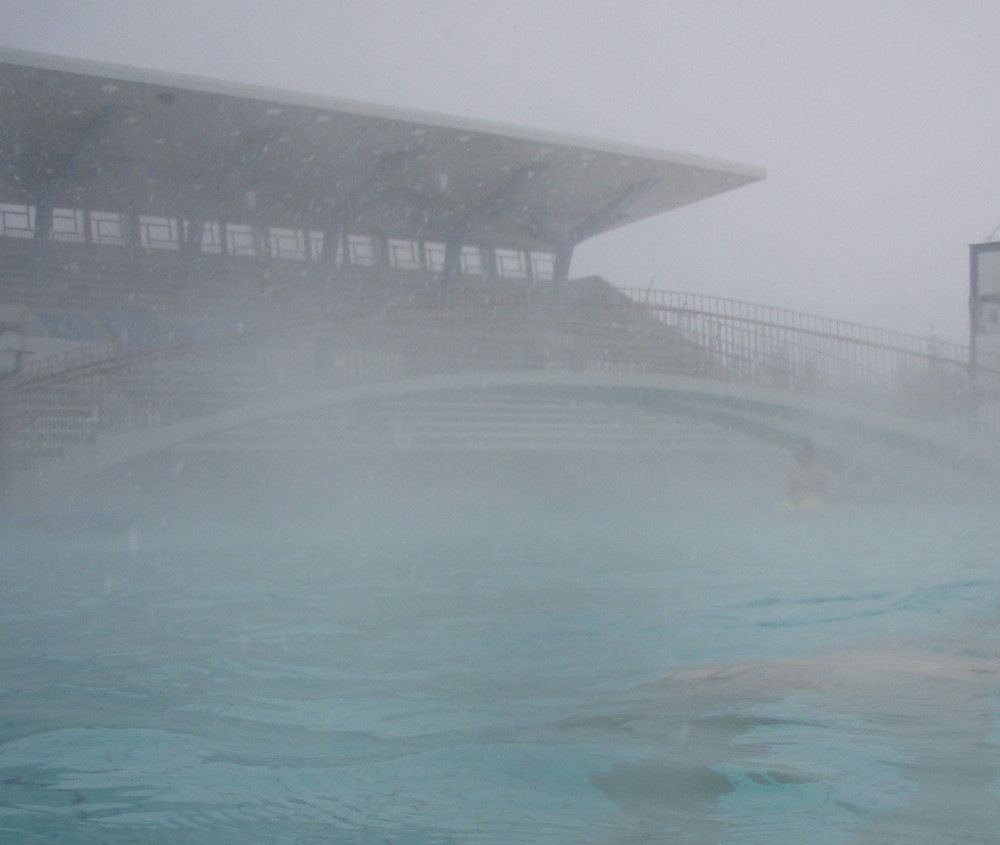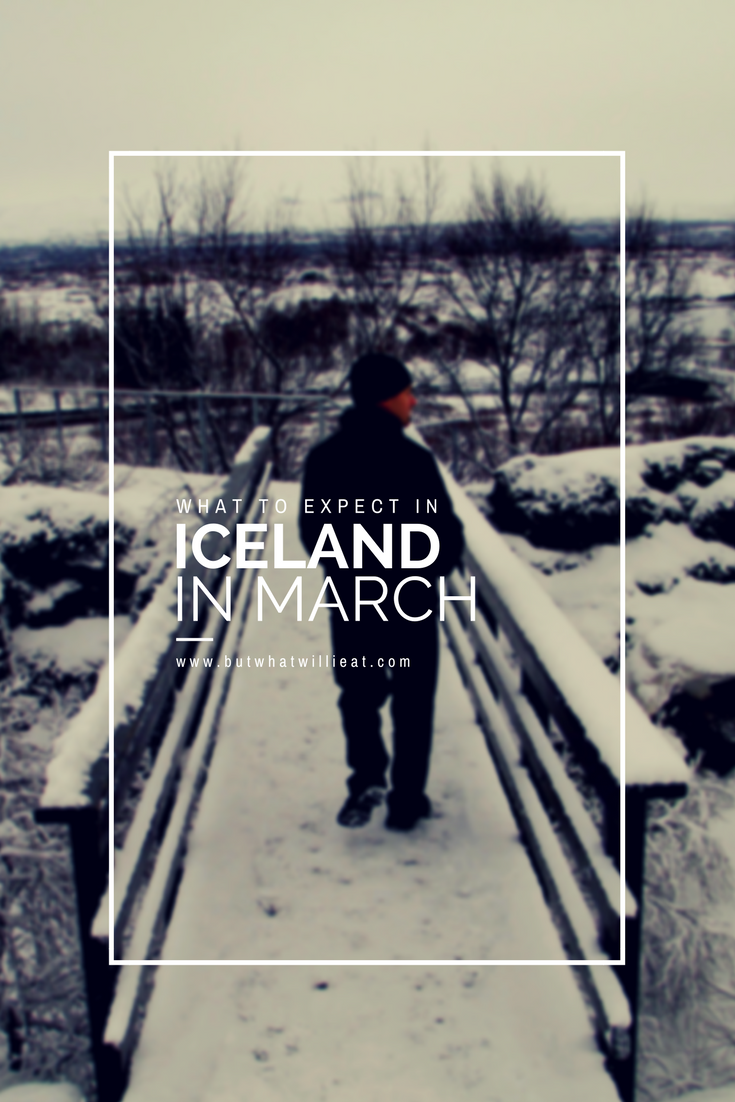Should I do it?
Of course you should! Iceland is a great place to visit no matter the time of year – true, if you visit in the summer you get mild temperatures and endless daylight, and in the winter you have the best chances at spotting the Northern Lights, but visiting in an off season month like March can get you a little more bang for your buck, er, Króna.
How’s the weather in Iceland in March?
Well…if you happen to be from the American Midwest or Northeast, most of Canada, Northern / Eastern Europe, and probably Russia, this will be a nice break from the usually wild temperature swings and mostly sub-freezing temperatures you’re used to in the winter. Iceland, being surrounded by the northern Atlantic Ocean, is pretty regulated temperature-wise. Average temperatures in March start with highs of 35ºF (1.5ºC) and lows of 24ºF (-4.5ºC) – by the end of the month, you’re looking at highs of around 40ºF (4.5ºC) and lows around 30ºF (-1ºC).
If you happen to be from the above mentioned areas, you hopefully will be comfortable driving in the snow – when we went in 2014, it had been snow free for a month, and it snowed between taking off from home and landing at Keflavík. Our rental car shuttle driver confirmed that there had been no snow on the ground the day prior, while we were greeted with this lovely scene:

Can I handle driving in Iceland in March?
Given the above mentioned temperatures and the fact that March is the wettest month of the year there, there’s a good chance you’ll get some snow. If you’re not used to driving in the snow, this might be a problem for you – we came upon several unplowed roads the day we arrived, and in the remote areas we didn’t see any indication that salt was being used. Winter tires are required by law from the start of November through April 15th, so your rental car will have them. If you happen to use Saga Car Rental (the agency we’ve used on each Icelandic vacation) you can also request studded tires if you’d like.
If you’re used to driving in the snow, pay attention and keep a safe speed, you probably won’t have any issues. If you do hit snow or ice and end up in a ditch, there’s a good chance a friendly local will pull up and start getting tow rope or chains out and help you get out – we saw this happen several times on the Golden Circle drive. We’d advise staying off the “F” roads unless you have a 4×4, studded tires, know what you’re doing, and have emergency supplies on board.
All-Day sun? Perpetual night? What’s the deal?
Being that March is when the Spring Equinox occurs, you’re going to get a pretty even allotment of day and night. At the beginning of March, there’s a little over 10 hours of daylight – by the end of the month it gets up to around 13 1/2 hours.
So, when do I set my watch forward for Daylight Savings / Summer Time?
Trick question – there is no time changes in Iceland. They observe Greenwich Mean Time all year round.
Is anything even open in March?
Many popular activities will be available, such as Thingvellir (Þingvellir in local spelling) and Geysir. Some places, such as Gullfoss, look amazing in the winter time with their ice build up:

You can also take a swim – Iceland is filled with public pools filled with hydrothermally heated water, which usually include hot tubs with sometimes scaldingly hot water if you can bear it, such as Laugardalslaug in Reykjavík (seen here on a balmy -2ºC / 28ºF day):
 However, there are other items that are inaccessible due to winter weather – descending into a dormant volcano magma chamber, for example, is only available late Spring to early Fall.
However, there are other items that are inaccessible due to winter weather – descending into a dormant volcano magma chamber, for example, is only available late Spring to early Fall.



